One hundred fifty years ago this year, by an act of the Massachusetts legislature, the Martha’s Vineyard Camp Meeting Association was incorporated to manage what had become one of the largest camp meetings in New England. Though it was active as early as 1860, the association did not become official until 1868.
This week, the association celebrated this anniversary with a number of special events, including talks by Douglas Strong, dean of the school of theology at Seattle Pacific University. Mr. Strong is an expert on camp meeting revivals and their influence on society.
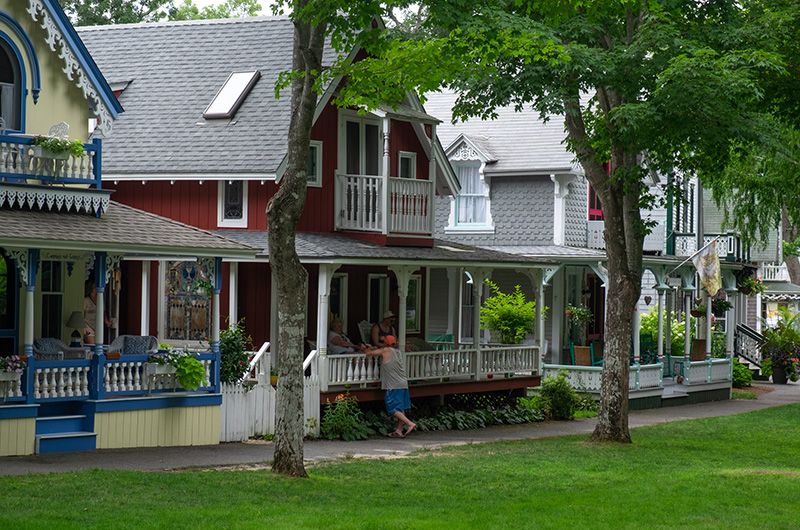
“Martha’s Vineyard was popular because already in the 19th century, people were coming for vacation,” Mr. Strong said. “Eventually camp meetings evolved after the Civil War; camp meetings transitioned and became more like summer religious resorts. People would go and vacation, but it would also be a religious retreat.”
The religious revival meetings were first held under the oak trees known as Wesleyan Grove, then under a canvas tabernacle, and finally under the iron tabernacle that exists today. They drew many thousands of people by that time.
“When August came, few places in Massachusetts had so large a population as the camp ground,” wrote Henry Beetle Hough in his book Martha’s Vineyard, Summer Resort. “Here were governors, senators, doctors, members of congress, and clergymen almost without number.”
In some years, the number of people attending the week of services and events in August topped 12,000, according to Camp Ground historical records. There were more than 500 tents housing all the worshipers who came to visit. The gatherings supported dozens of pop up businesses, including a lumber yard, a hardware store, and even a daily newspaper, at various times.
Visitors began building temporary structures, and finally the cottages that exist in the Camp Ground today.
Along the way tensions grew between the religious revivalists and the burgeoning summer resort development. This took a physical form around the time the camp meeting association was formed when leaders of the movement built a wall with locked gates just behind where the stores are now located on Circuit avenue.
“In 1867, the Camp Ground authorities, fearing irreligious contamination by the kind of people who were making their resort homes in Oak Bluffs, erected a high picket fence along the boundary between the camp grounds and the town,” according to campground historical records. “The gates into the grounds were locked at night.”
Over time these tensions eased and in 1869 a group known as the Oak Bluffs Land and Wharf Company sponsored the first Grand Illumination night, a celebration that has continued every year since.
Mr. Strong said the camp meeting on Martha’s Vineyard was a bit of an anomaly. Religious revivals in other parts of New England were having a tougher time attracting the kind of crowds that flocked to Oak Bluffs.
“New England was infamous in religious circles,” he said. “They used to call it stony ground for religious revivals. It was less open to religious revivalism. Nonetheless, the Martha’s Vineyard one was highly successful, many people coming to be converted to faith, lots of enthusiasm. The Martha’s Vineyard one became well known because it seemed to be contrary to the narrative that this wouldn’t happen in New England.”
People of many different faiths attended the camp meetings, with some religious groups erecting very large tents for their own congregations. Mr. Strong said the number of people who attended was truly a phenomenon.
“These were very, very popular,” Mr. Strong said. “There wasn’t a lot else to do. It was religious entertainment. These were interesting preachers. They would be humorous, lots of jokes, lots of good music. You would see your friends you hadn’t seen all year. This was not a small segment of people. Not necessarily everybody was religious who would go. They would go because it was interesting, or their friends were going. It was a social event.”
The camp meetings were also a driving force in the development of transportation on Martha’s Vineyard. So many people needed to get from the ports to the meetings that in 1873, the Island’s first railway was created, with horse drawn railroad cars traveling a route from a wharf near where the East Chop Beach Club is now located, to the campgrounds. The following year the Island’s first steam engine carried worshipers from Edgartown, and in 1895 two companies began operating an electric railway, with trains running from Vineyard Haven to Oak Bluffs. But by 1917, the railways were abandoned because automobiles had come into common use on the Island.
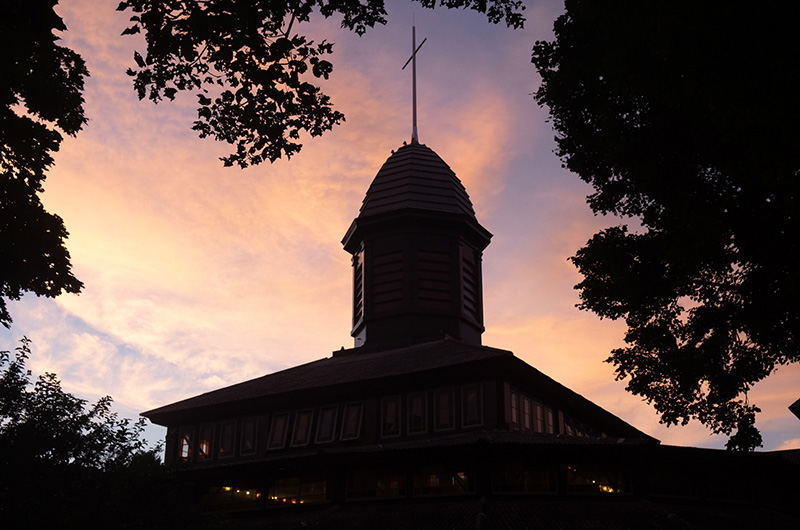
Peter Jones is a historian, archivist, and board member of the Martha’s Vineyard Campmeeting Association. He said that although the camp meeting has taken on a different form in modern times, it retains the original mission of the association’s charter.
“We have the services from July 1 to August 31,” Mr. Jones said. “It’s still in existence for 183 years. You can look at the revivals as evolving, they’re not having services day in and day out, which is what they did. Now it’s an hour service, but it’s still a religious corporation.”
In 1978, the Martha’s Vineyard Camp Meeting Association and its buildings were listed in the National Register of Historic Places, and in 2005 were designated a National Historic Landmark.


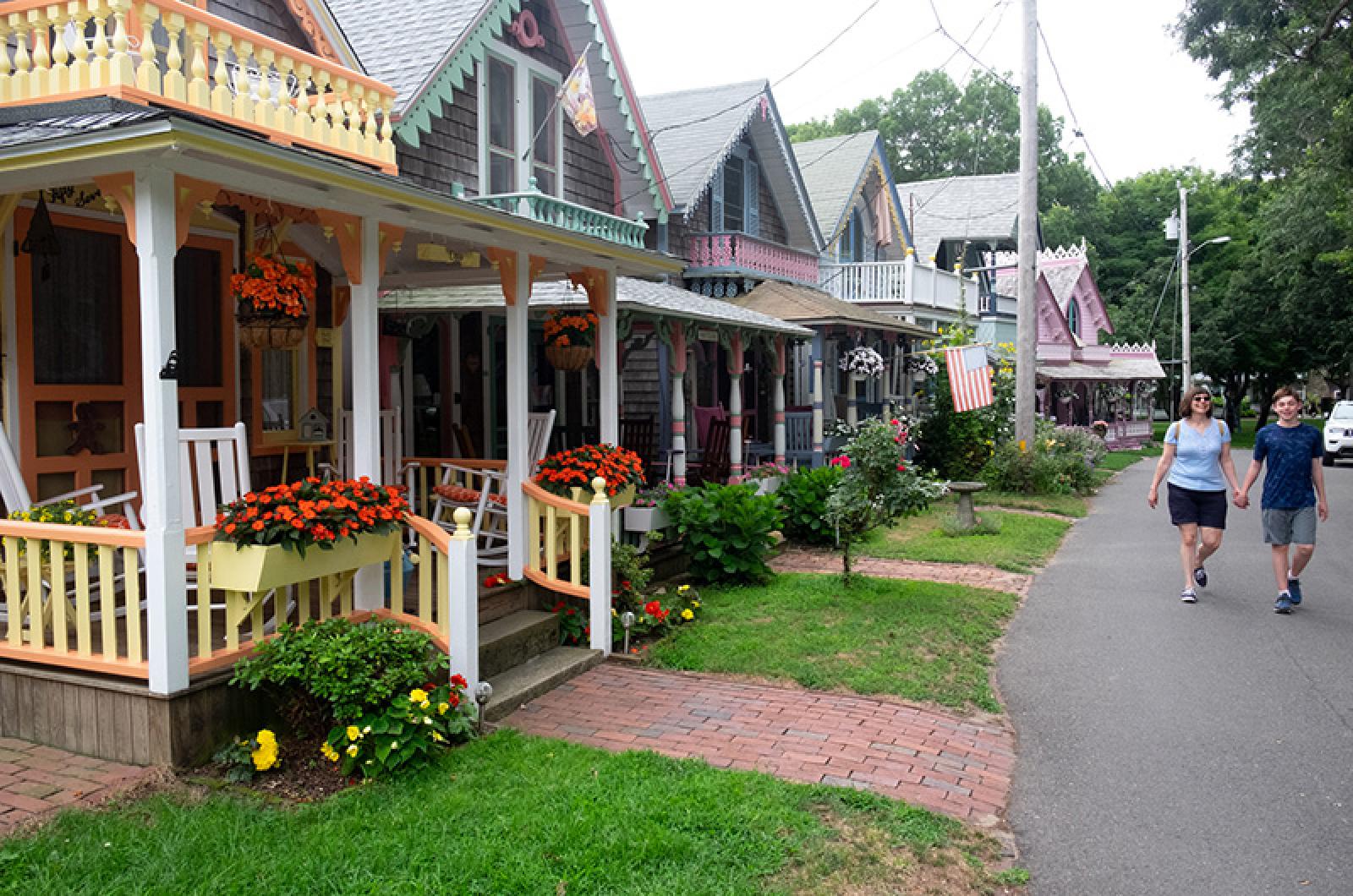
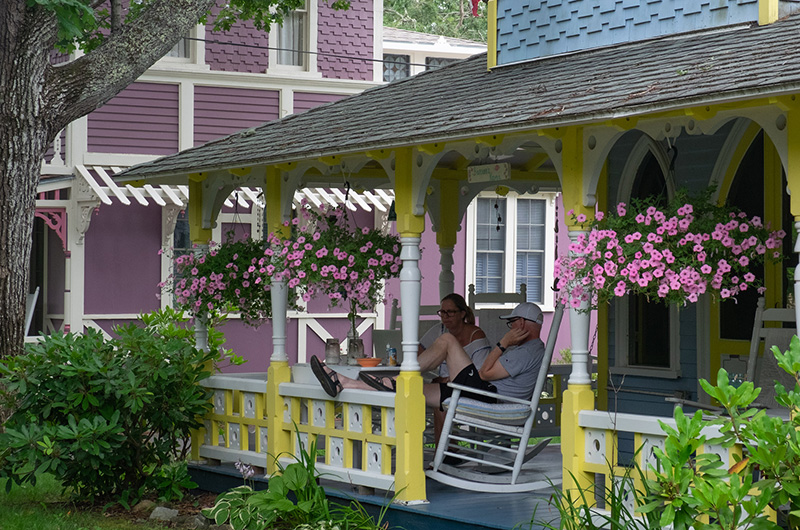
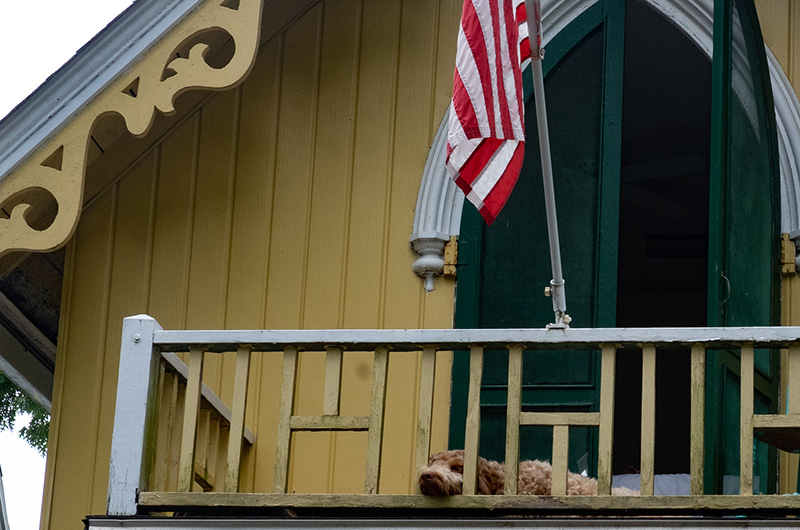

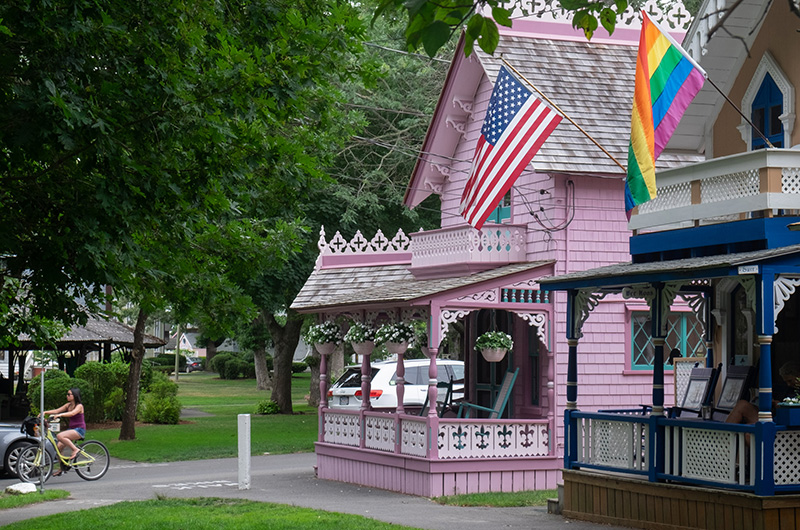





Comments
Comment policy »